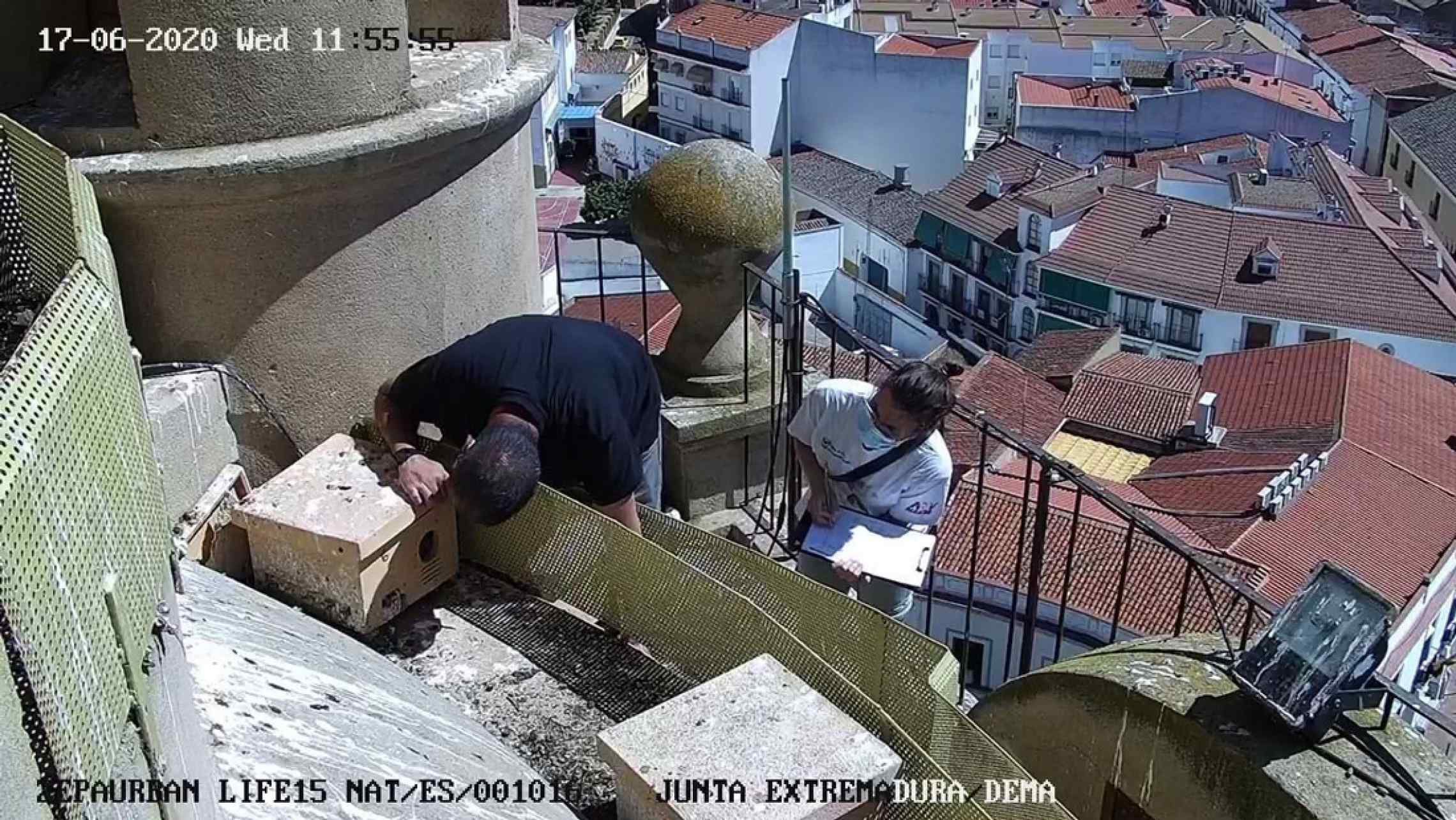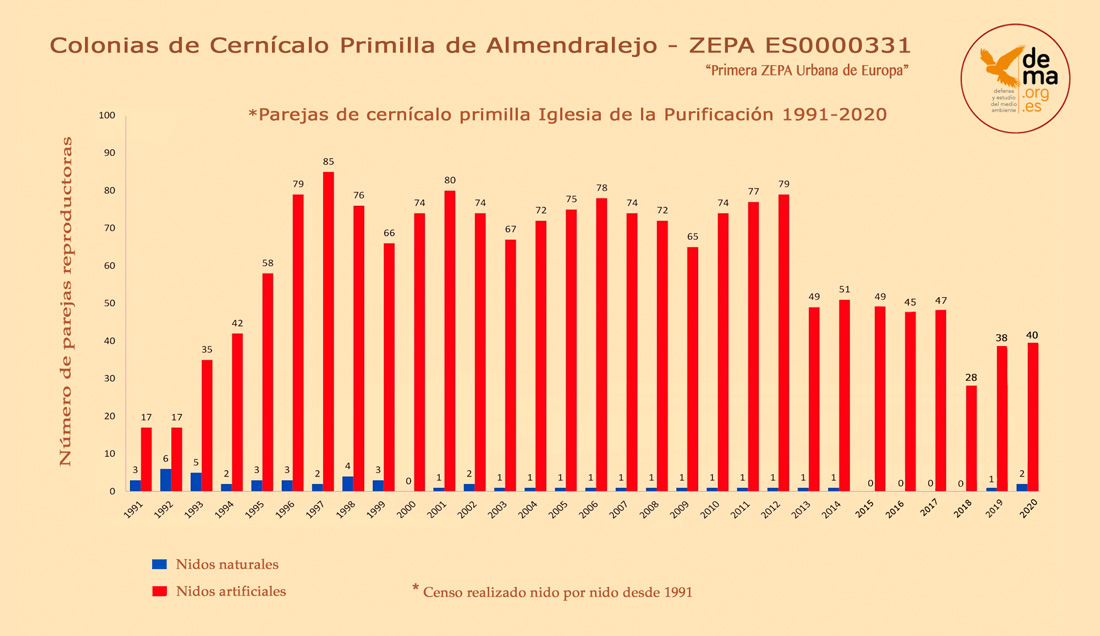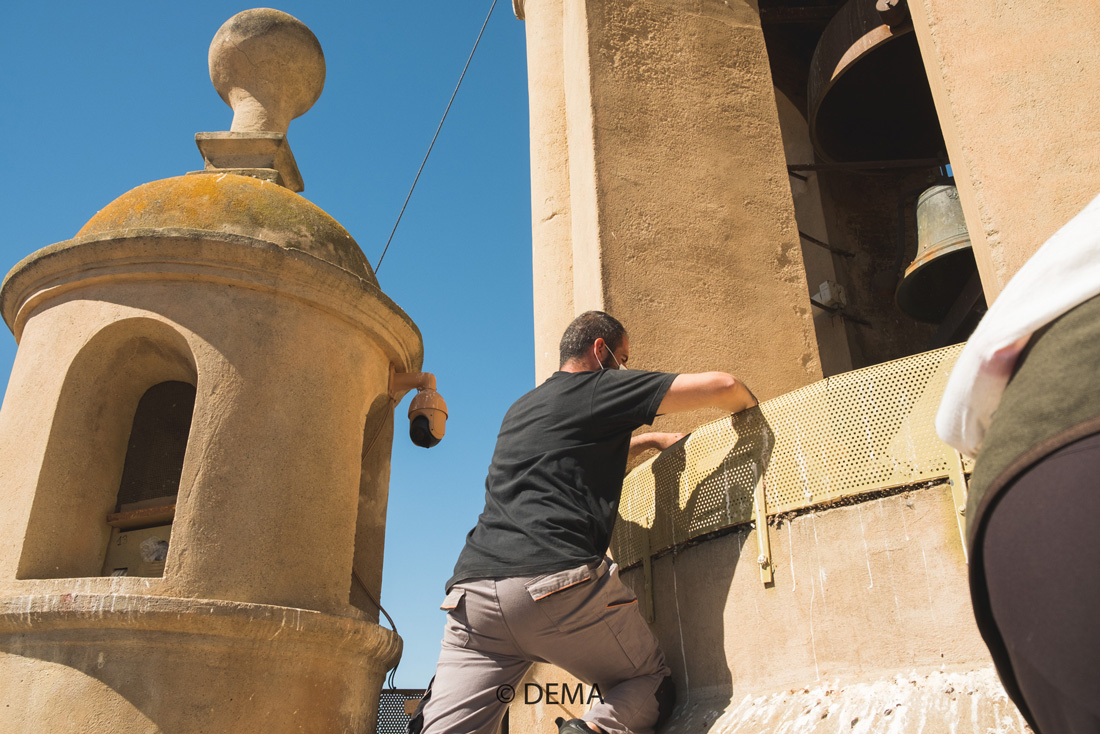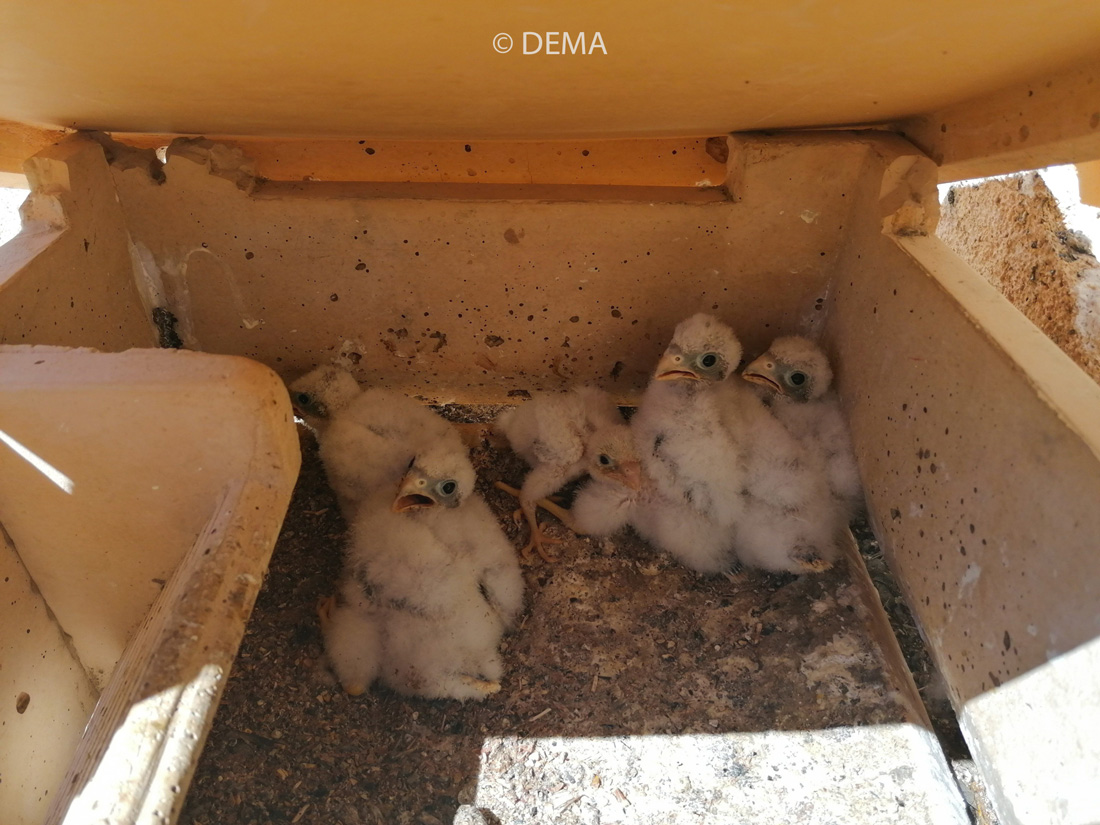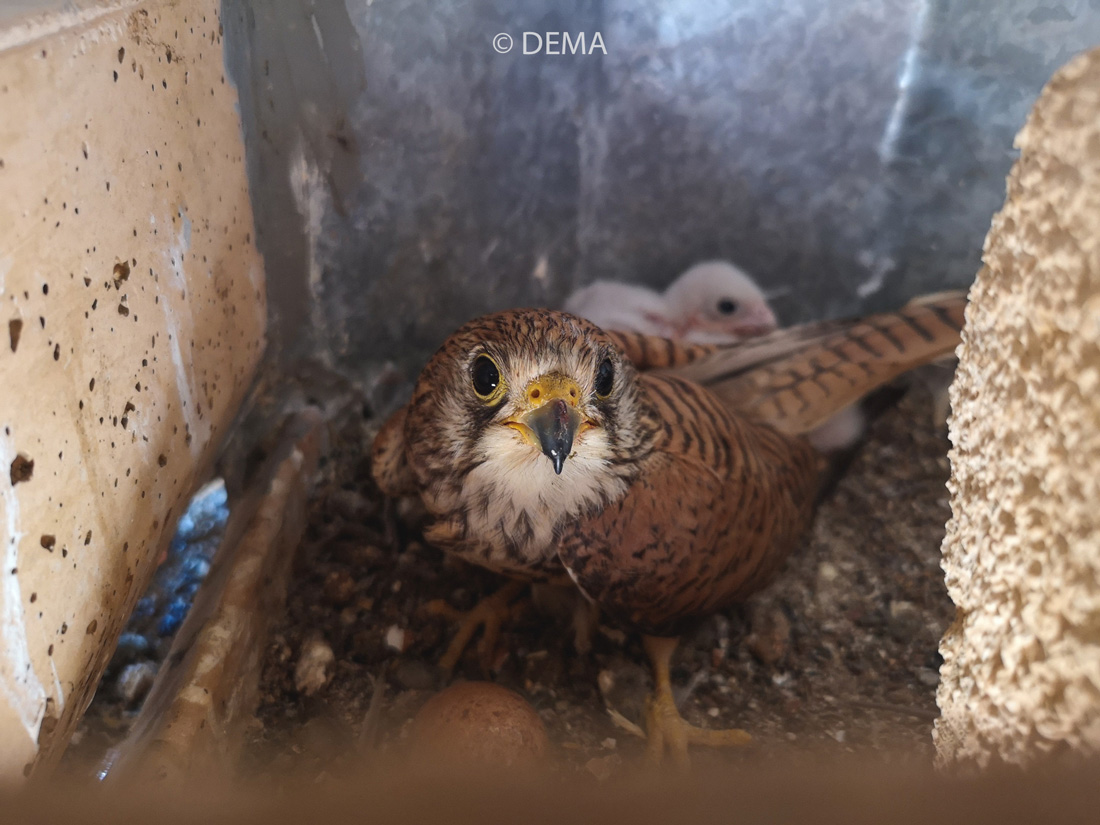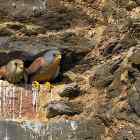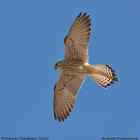The Special Protection Area for birds known as "Lesser Kestrel Colonies of Almendralejo" is located within the urban core of said municipality and constitutes a space of unique characteristics since it houses one of the largest colonies of lesser kestrel in Extremadura located in a single building: approximately 98% of the pairs in the municipality nest on the roof and tower of the Nuestra Señora de la Purificación Church.
DEMA, a partner of the Life ZEPAURBAN Project, is responsible for the care of this protected area that was declared as such in 2003 in order to preserve the colony that originally settled there (with about 18 couples) -- a colony which has achieved enormous growth thanks to the work that this association has been doing since 1990. In 1997, the colony reached 85 pairs, all raised in artificial nests installed by the technical staff and volunteers of the organization.
The survival of the lesser kestrel colony that has settled in this church is essentially due to the aforementioned conservation actions for the building -- actions which provided sufficient nesting sites, something essential for the stability and solidity of this emblematic colony in Extremadura.
As every year since 1990, DEMA carries out an annual census in the area as well as the maintenance thereof, which includes not only cleaning tasks for nests but also for the terrace located in the tower and the eaves of the temple's roof.
Monitoring of the colony was carried out throughout the 2020 breeding season with a video surveillance system controlled from DEMA's headquarters. Between April and May, nest exploration, marking, and defense data were obtained, as well as information on copulation between the already established pairs. Thanks to the video surveillance system, two censuses were carried out --one on March 15 and the other on March 30--, yielding the figure of 18 and 22 couples, respectively.
The month of May registered a smaller amount of data due to the colony's low activity because most of the pairs were in the incubation period. At the end of June and during the month of July, a peak of activity was registered again due to the continuous baiting efforts and the presence of some chicks outside the nests. To confirm the occupation of the nests and/or detect possible deficiencies and incidents that may have arisen during the breeding season, the colony was reviewed on site with observations being obtained nest by nest.
The final census of 2020, carried out nest by nest on June 17, found 40 pairs. Of these, 38 have occupied artificial outdoor nests and 2 natural nests (putlog holes and drainage channel). In the nests installed under the roof of the temple, 10 pairs have been raised.
